A delicious Sugar Free Salad Dressing with a flavorful sesame Asian twist – a perfect low-carb, diabetic-friendly choice for your salads.
Jump To:
While most sugar free salad dressings are crafted with olive oil, avocado oil, lemon juice, honey and Dijon mustard, suitable for salads, Caesar dressings, and vinaigrettes, this specific recipe takes a unique path by incorporating sesame oil and tahini, imparting an Asian-inspired flair to its nutrition.
Asian salad dressing recipes are currently popular due to their diverse and complex flavor profiles, which cater to a growing interest in global cuisine and healthier, customizable salad options.
This homemade sugar free dressing is exceptionally appealing because it allows you to control the sweetness level and contains healthier ingredients compared to many store-bought sesame-toasted Asian dressings. My favorite way to enjoy this dressing is in this Cucumber Roasted Sesame Dressing Salad recipe.
Why you'll love this sugar free salad dressing recipe?
- Healthier Choice: It provides all the savory and sweet flavor notes of traditional Asian dressings without added sugars, making it a nutritious choice for those watching their sugar intake. Only 1g of carbs per serving.
- Customizable: You can adjust the sweetness, tanginess, and other flavor elements to suit your taste preferences, creating a dressing that's uniquely yours.
- Wholesome Ingredients: It's made with wholesome ingredients like tahini and natural sweeteners, offering a balanced and nourishing option for your salads.
- Versatile: Beyond salads, this dressing can be used as a marinade for proteins or a dipping sauce for various dishes, adding an Asian-inspired twist to your meals.
- Saves Money: Making your own sugar-free Asian dressing at home is cost-effective compared to store-bought options, and it allows you to have a fresh and delicious dressing on hand whenever you need it.

Ingredients Used
These ingredients work together to create a balanced, flavorful, and sugar-free salad dressing that's both delicious and nutritious. The use of store-bought tahini simplifies the preparation process while maintaining the desired toasted sesame flavor.
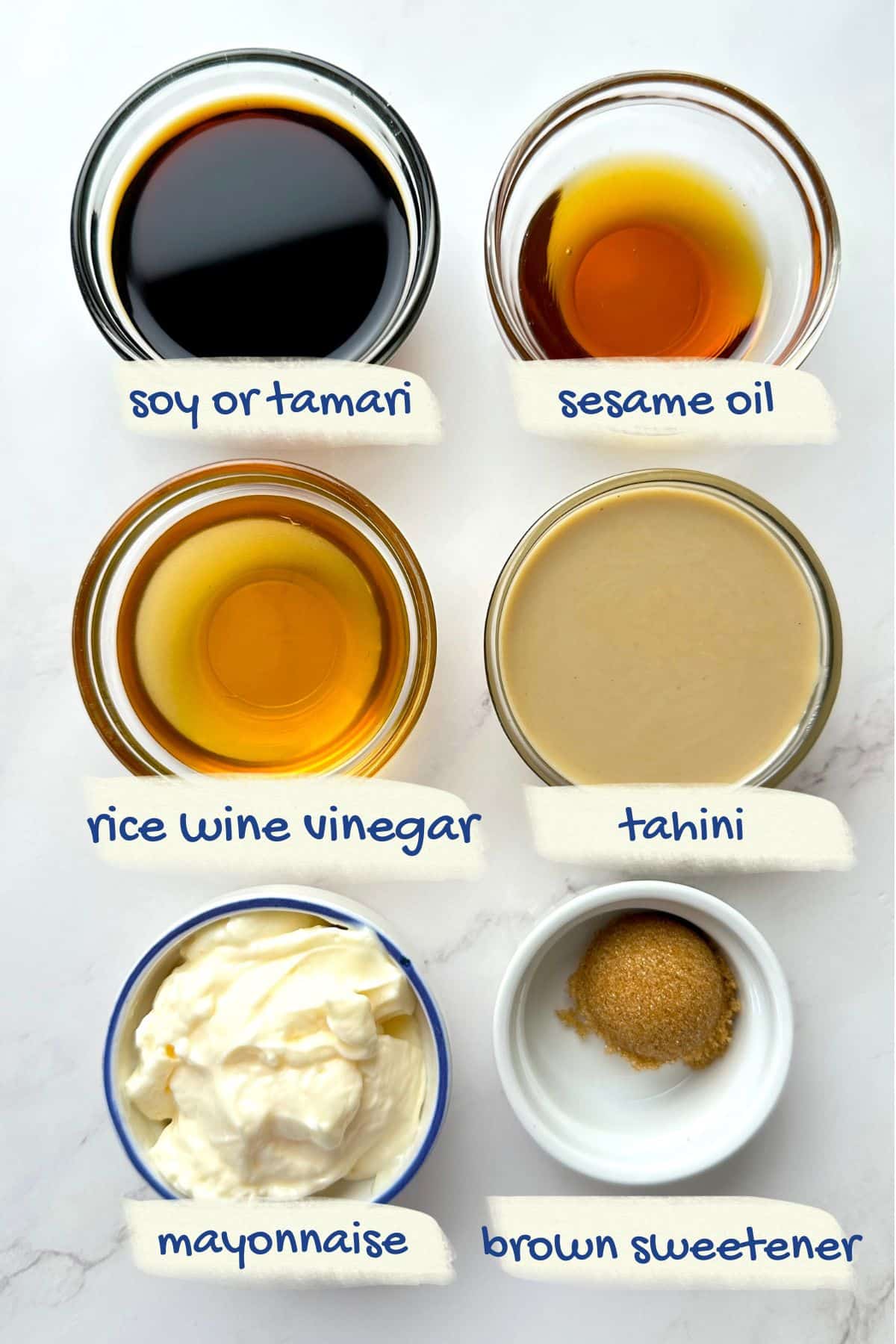
- Soy Sauce or Tamari: Adds a savory, salty flavor to the dressing, providing depth and umami.
- Sesame Oil: Infuses a rich, nutty aroma and taste into the dressing, enhancing its Asian-inspired profile.
- Rice Wine Vinegar: Provides a mild acidity and subtle sweetness that balances the flavors and adds a gentle tanginess.
- Tahini (Store-Bought): Made from toasted sesame seeds, tahini contributes a creamy texture and a toasty, nutty flavor to the dressing. It also acts as a natural emulsifier, helping to bind the ingredients together.
- Mayonnaise: Adds creaminess and a touch of richness, contributing to the overall smooth and satisfying consistency of the dressing. Use a cleaner mayonnaise made with avocado oil like the one from Chosen Foods.
- Brown Sweetener: Acts as a sugar substitute, providing sweetness without the added sugar, making the dressing sugar-free. It enhances the overall flavor profile.
See the recipe card for quantities.
Steps by step instructions
How to make the sugar free salad dressing?
STEP 1: In an 8 oz jar, add the ¼ cup of soy sauce (or tamari), 2 tablespoons of sesame oil, 2 teaspoons of rice wine vinegar, ¼ cup of tahini and spoon in the ¼ cup of mayonnaise. Finally, add 1 tablespoon of the brown sweetener to the jar to add sweetness without sugar. Adjust the sweetness to your liking by adding more or less sweetener.
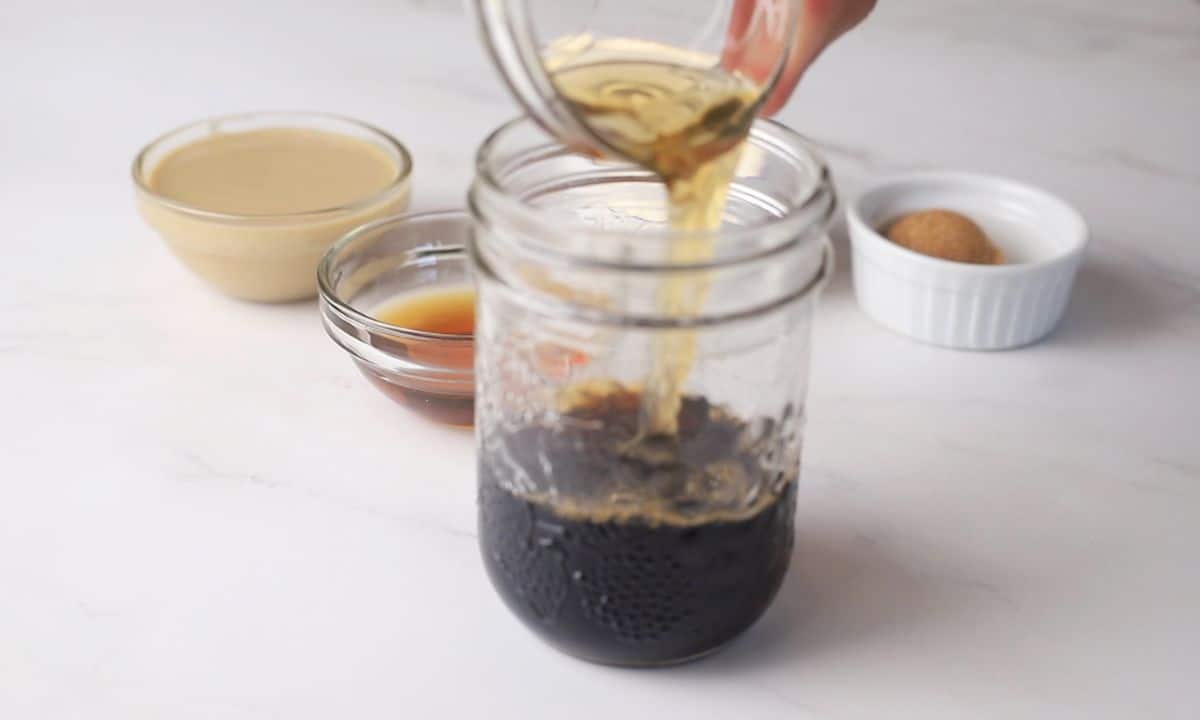
STEP 2: Seal the jar tightly with a lid and then shake the jar vigorously until all the ingredients are well combined and the dressing is smooth.
Taste the dressing and adjust the flavors as needed. You can add more rice wine vinegar for tanginess or more sweetener for sweetness.
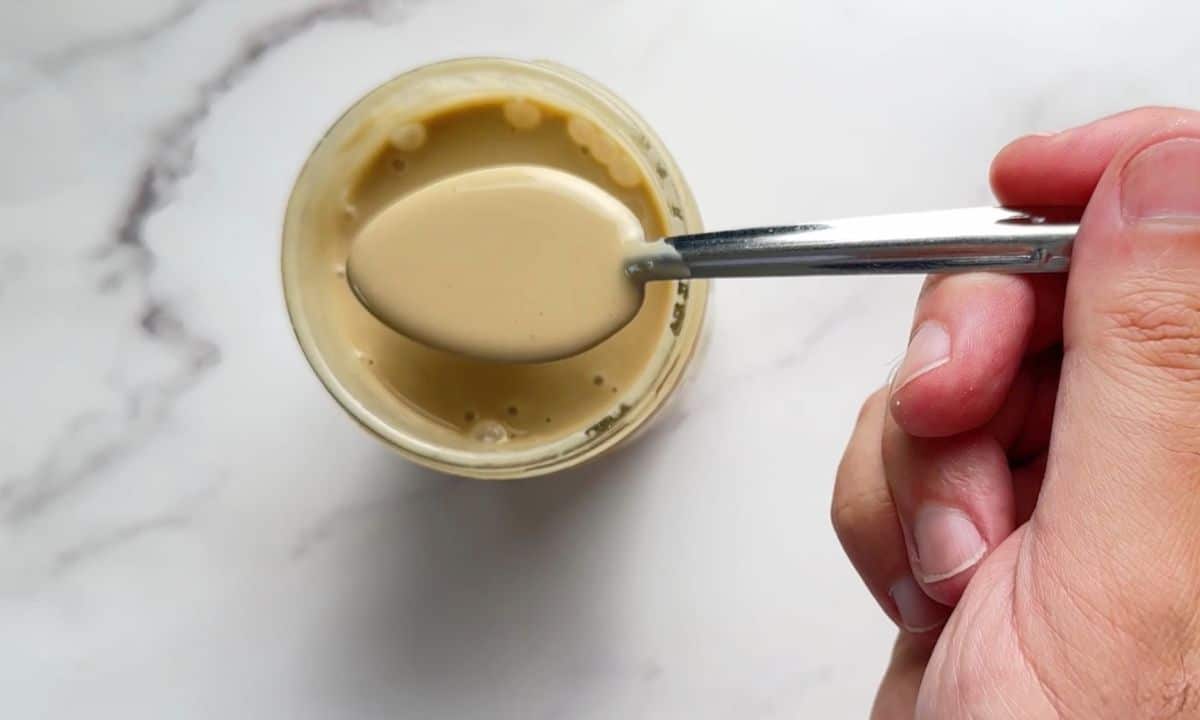
This convenient 8 oz jar method makes it easy to mix and store your delicious salad dressing for use whenever you need it. Enjoy!

Recipe tips
Here are two recipe tips for making your sugar-free salad dressing recipes:
- Storage and Flavors: Allow the dressing to sit in the refrigerator for a couple of hours before using it. This resting time allows the flavors to meld and intensify, resulting in a more flavorful and cohesive dressing for your salads.
- Shake Before Use: Since the dressing may separate over time in the refrigerator due to the natural ingredients, give it a good shake before each use to ensure all the flavors are well mixed and you get the best taste in every serving.
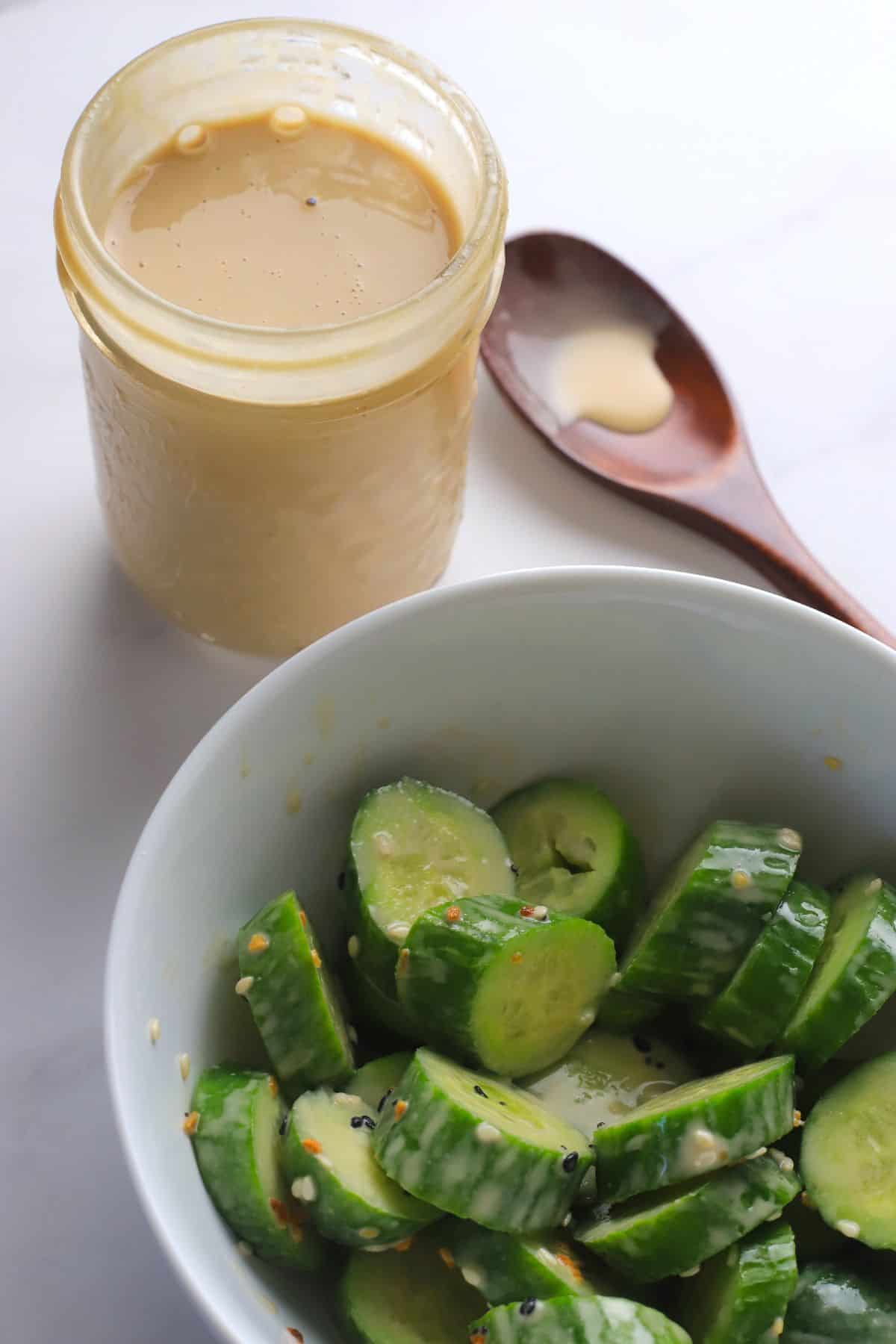
Storage
To store your sugar-free Asian salad dressing:
- Refrigeration: Place the dressing in an airtight container, such as a jar with a tight-sealing lid.
- Cool Place: Store the container in the refrigerator to keep the dressing fresh.
- Label and Date: If you're making a batch for future use, label the container with the date of preparation to help you keep track of its freshness.
- Shake Before Use: Before each use, give the container a good shake to ensure the ingredients are well-mixed, as natural separation may occur.
- Use Within a Week: Consume the dressing within one week to enjoy its optimal taste and quality.
By following these storage instructions, your sugar-free salad dressing will stay fresh and flavorful for your salads and other culinary creations.
Recipe variations
Here are some recipe variations that will kick your asian salad dressing up a few notches.
- Sesame Ginger Dressing: A classic Asian dressing featuring sesame oil, ginger, garlic, and a sugar-free sweetener for a delightful blend of nutty and savory flavors.
- Wasabi Soy Dressing: A spicy twist on traditional Asian dressing with the heat of wasabi and the saltiness of soy sauce, enhanced with a sugar substitute for a balanced kick.
- Miso Tahini Dressing: A creamy and umami-rich dressing made by combining miso paste, tahini, rice vinegar, and your favorite sugar substitute for a harmonious and bold flavor profile.
- Coconut Lime Dressing: A tropical-inspired dressing featuring coconut milk, lime juice, a touch of Thai red curry paste for heat, and a sugar-free sweetener for a hint of sweetness.
- Spicy Sriracha Ponzu Dressing: A zesty and fiery dressing that combines the tang of ponzu sauce with the heat of sriracha, enhanced with a sugar substitute for a spicy, citrusy kick.
These variations allow you to explore a wide range of flavors while keeping your Asian salad dressings sugar-free and full of taste.
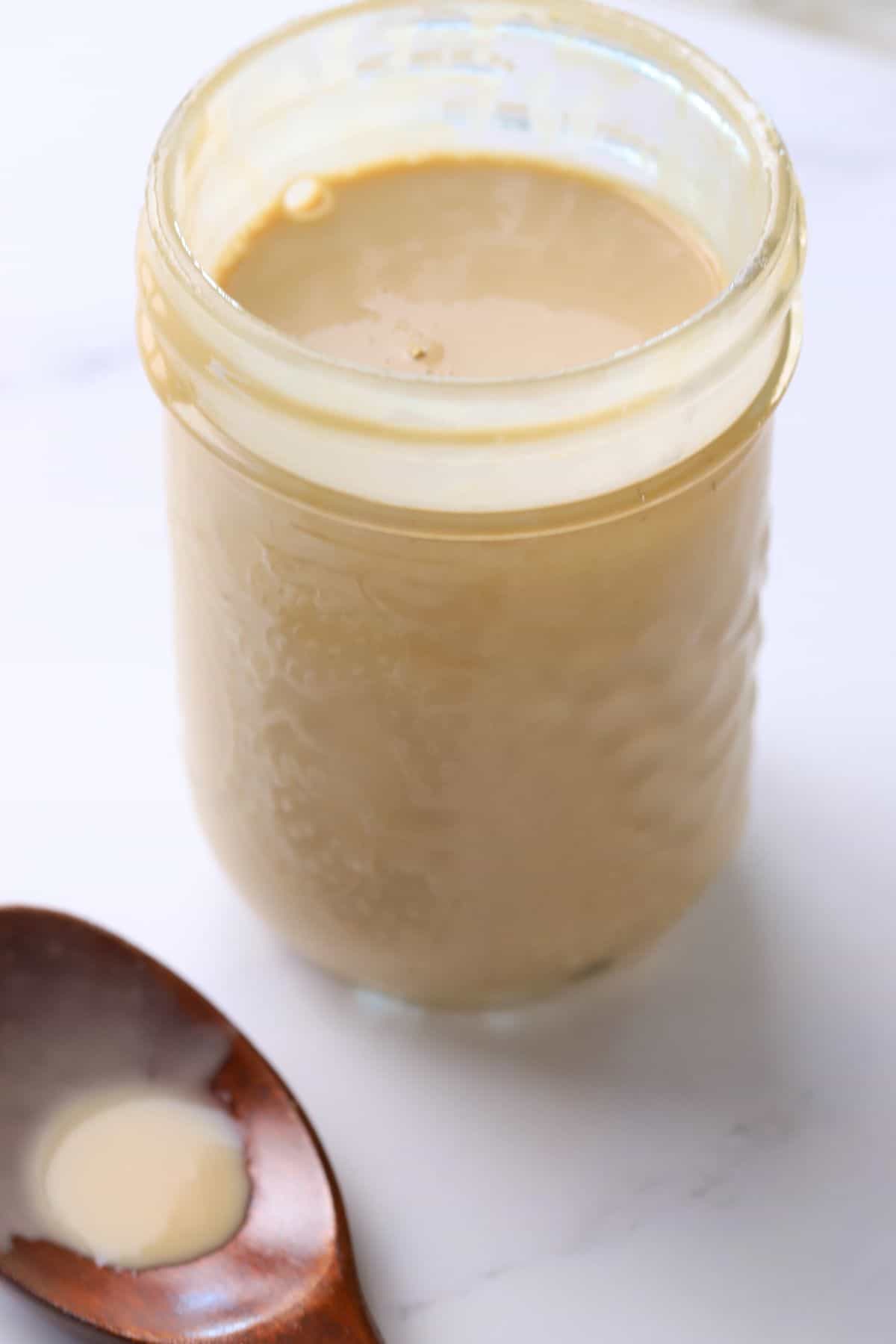
Frequently asked questions
Yes, sugar-free salad dressings are versatile and can be used on a wide variety of salads, including leafy greens, pasta salads, coleslaw, and grain-based salads. You can choose a dressing that complements the flavors of your specific salad.
Yes, you can use various sugar substitutes like allulose, stevia, or monk fruit sweetener based on your dietary preferences. Adjust the quantity to your desired level of sweetness.
Yes, you can substitute apple cider vinegar for rice wine vinegar in many salad dressing recipes. Keep in mind that apple cider vinegar has a slightly different flavor profile, with a fruity and tangy taste, so it may alter the overall flavor of the dressing.
📖 Recipe Card
Sugar Free Salad Dressing
Recipe Video
Equipment

Ingredients
- ¼ cup soy sauce or tamari
- 2 tablespoon sesame oil
- 2 teaspoon rice wine vinegar
- ¼ cup tahini
- ¼ cup healthier mayonnaise
- 1 tablespoon brown sweetener
Instructions
- Combine all ingredients in a mason jar. Seal with the lid and shake vigorously until smooth.¼ cup soy sauce or tamari, 2 tablespoon sesame oil, 2 teaspoon rice wine vinegar, ¼ cup tahini, ¼ cup healthier mayonnaise, 1 tablespoon brown sweetener
- Taste for desired sweetness, add more sweetener if necessary.
Notes
- Storage and Flavors: Allow the dressing to sit in the refrigerator for a couple of hours before using it. This resting time allows the flavors to meld and intensify, resulting in a more flavorful and cohesive dressing for your salads.
- Shake Before Use: Since the dressing may separate over time in the refrigerator due to the natural ingredients, give it a good shake before each use to ensure all the flavors are well mixed and you get the best taste in every serving.
More Information
This recipe card provides the basic details to make this recipe. For more information, tips and variations please review the content above the recipe card.
Updates and Revisions
If conflicting information between the video and recipe card, the recipe card will always have the most up to date information, ingredients and instructions.
Nutritional Information
All nutritional information is based on third-party calculations and should be considered estimates. Actual nutritional content will vary with brands used, measuring methods, portion sizes and more.
Nutrition
Food safety
- Don't leave food sitting out at room temperature for extended periods
- Never leave cooked food unattended
- Use oils with high smoking point to avoid harmful compounds
- Always have good ventilation when using a gas stove
See more food guidelines

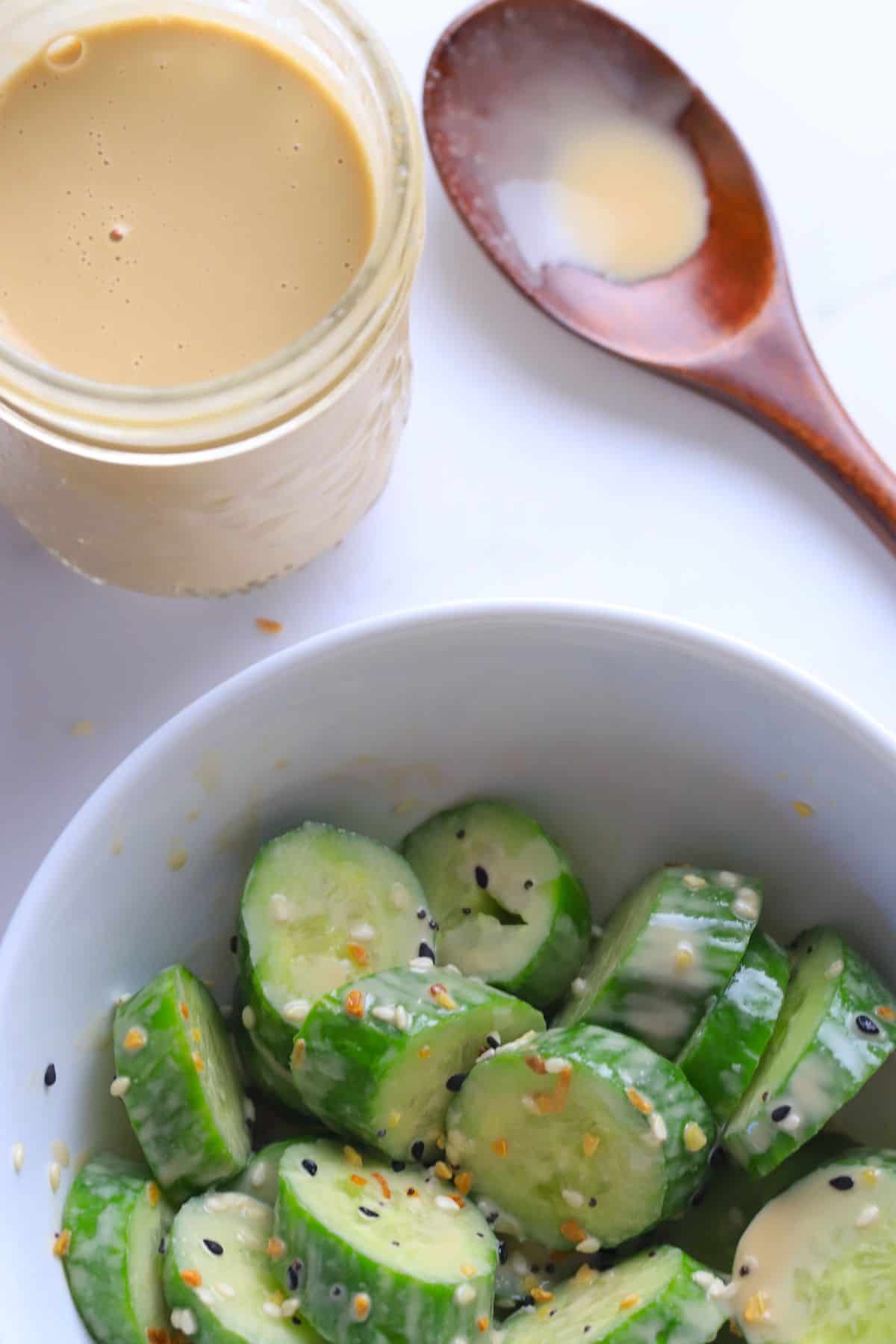
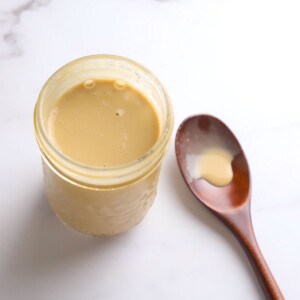
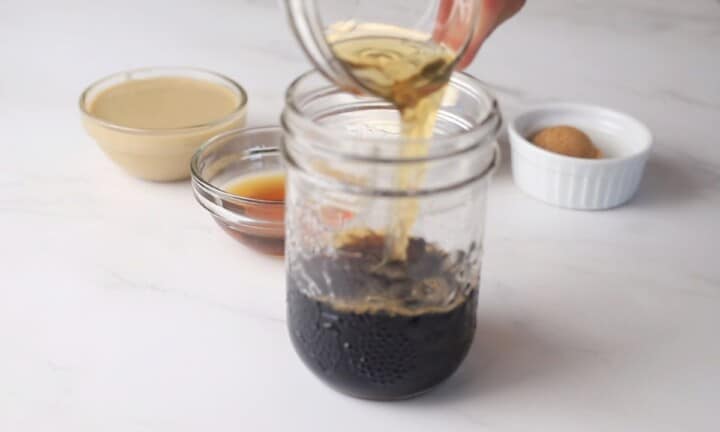
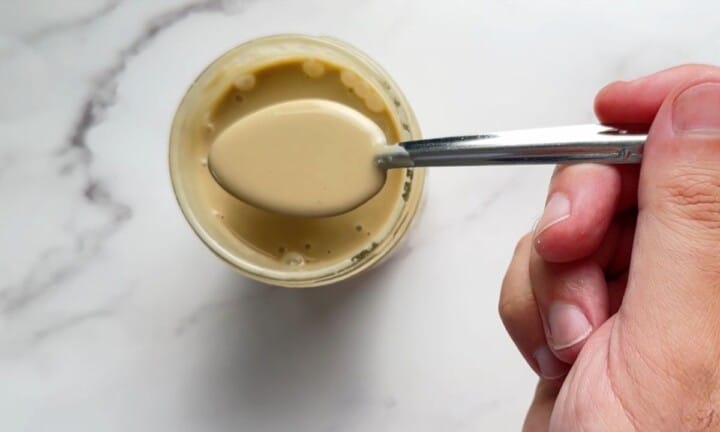

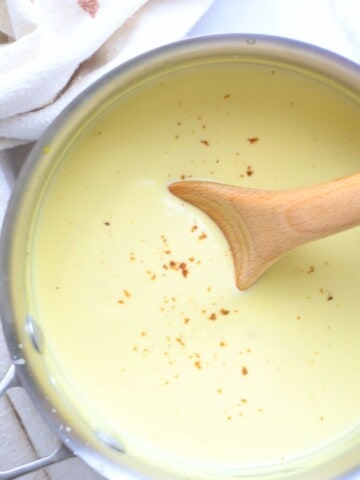

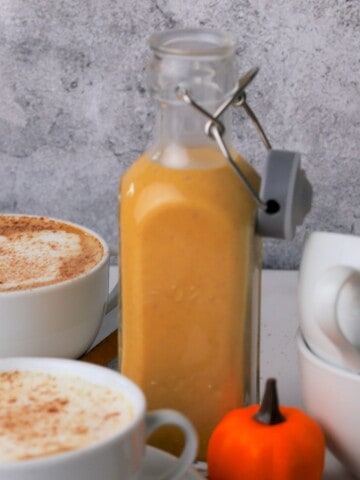
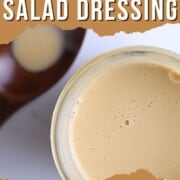
Leave a Reply